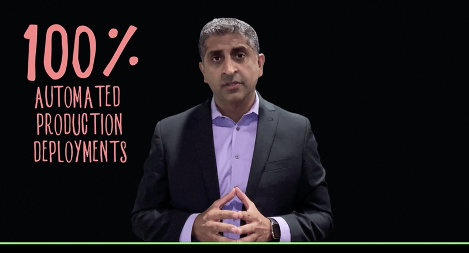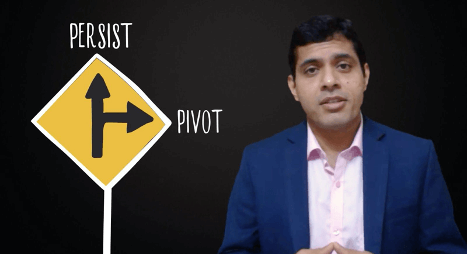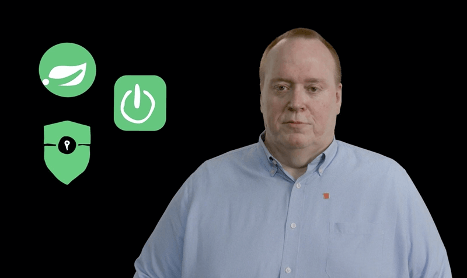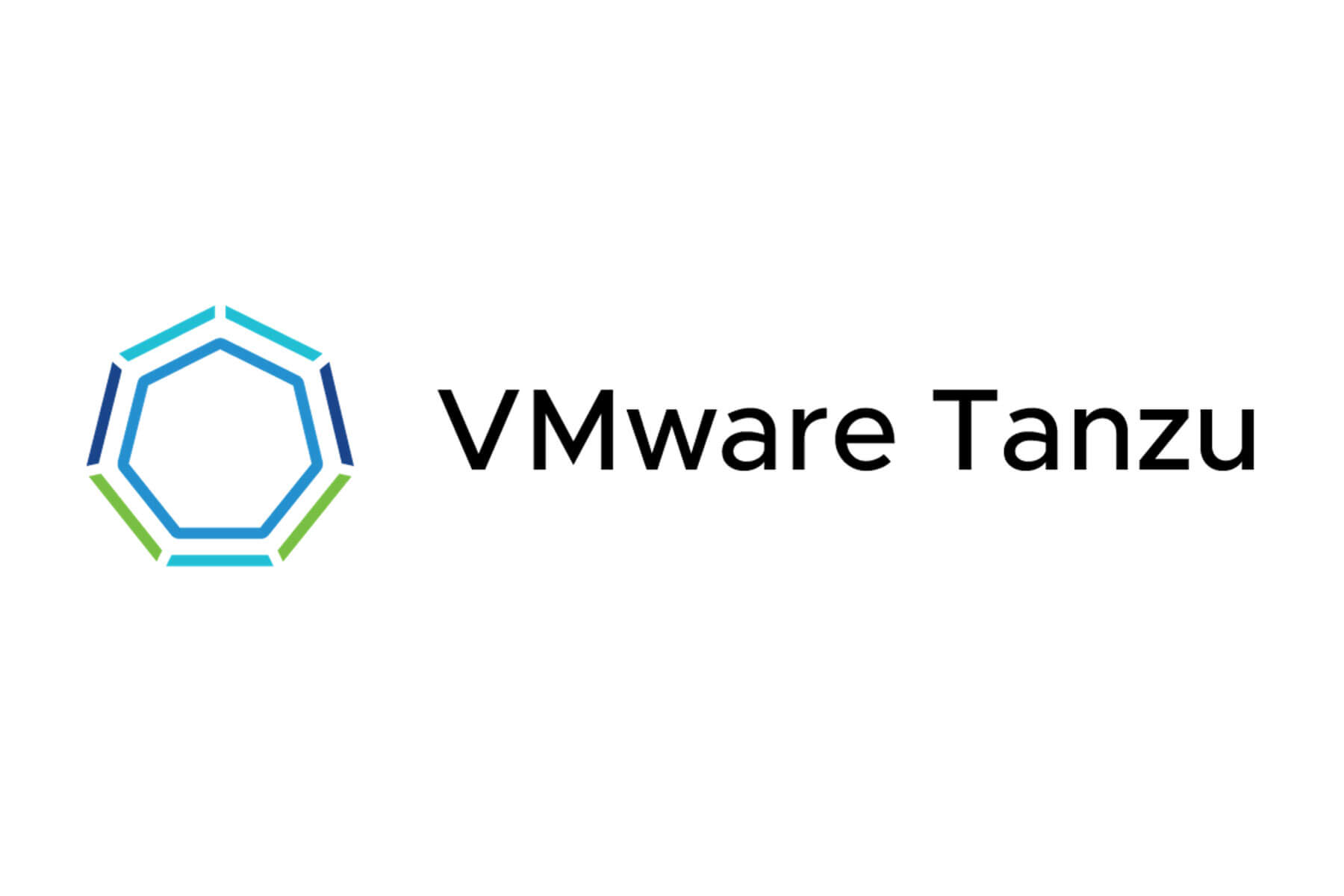Sprinkled among the developer talks and agile transformation panels at SpringOne 2020 were several talks from companies using VMware’s distribution of Cloud Foundry: VMware Tanzu Application Service. With all the pressure on organizations to accelerate digital transformation and move to the cloud, Cloud Foundry is proving an essential part of the solution.
How Northern Trust, a 130-year-old financial services company, turned into a software powerhouse
When you manage over $1 trillion in assets, you have to think big when it comes to digital transformation. Despite the grand scale, Vijay Luthra, CTO, Northern Trust, noted the company’s strategy revolves around a simple idea: to “rapidly roll out products and services to our clients.”

The Northern Trust IT playbook boils down to these big bets:
- Go big on hyperconverged infrastrcuture. Given the company’s top priority—client data protection—a private-cloud-first model makes sense.
- Start small with containers, app platforms—like Tanzu Application Service—and CI/CD. Scale up as you have success.
- Surgically consume innovative public cloud services. For Northern Trust, the right use case was business intelligence and machine learning with nonsensitive data. This is an advanced multi-cloud pattern that’s becoming more mainstream.
- Adopt a product-driven approach across the IT department, including “product owners” who drive road maps and write user stories.
- Be willing to change how your teams are organized, multiple times if needed.
What are the results? The company ships code to production 70 percent faster, and every deployment is 100 percent automated!
Northern Trust started this journey in 2013. Change doesn’t happen overnight. But with the right strategy, small wins can add up to remarkable business outcomes faster than you think. Watch Vijay and Len’s keynote here.
The secret to BT’s modernization success: Change course as you learn, persist when you need to
Think digital transformation is tricky at your company? Rajesh Premchandran at BT can relate. BT was founded in 1846 and operates in more than 180 countries. Like every other enterprise, modernization is crucial to BT’s success. So far, Rajesh and his team have made significant progress. One noteworthy outcome: using Tanzu Application Service, deployment times have gone from two months to under two minutes!

Of course, the journey was not straightforward. Rajesh’s experiences may sound familiar:
“We’ve had several challenges. The issues haven’t been technology. The challenges arise from our ways of working, processes, accounting policies, security postures, and even how we inventory software assets in the firm.”
Rajesh shared how he and his VMware Tanzu platform team addressed roadblocks in three key areas.
Strategy. For BT, Tanzu Application Service was the ideal platform for microservices. But other developers wanted the freedom to use Kubernetes for workloads that weren’t going to be modernized. That’s where VMware Tanzu Kubernetes Grid came into the picture. Together, the flagship runtimes of VMware Tanzu empower teams to use “the right tool for the job.”
Security. A security model focused on fixed-IP connectivity served BT well historically. But the world of microservices requires a more flexible approach. (After all, elastic IPs and REST endpoints are fundamental to modern cloud architecture.) Rajesh stood firm on this point, and his team influenced change by embedding security experts with the cloud development teams, who then engaged and educated the centralized InfoSec staff. BT also hired new cloud security specialists to craft policies for the cloud era.
People. BT works across three vectors of complexity: a massive application estate, a large workforce of talented software engineers and a growing ecosystem of cloud-based services to evaluate. How can you begin to make sense of this? Rajesh stresses a key task: inventory all of your applications. He noted this was “painstaking work.” But the resulting strategy refinements reduced confusion about roles and responsibilities. Best of all, the updated strategy now allows each team to focus on execution!
Rajesh cited their compass was always “our developer-first principle.” You can hear more from Rajesh about BT’s philosophy on dev tools and dev-first principles in this set of interviews with James Governor, or watch Rajesh’s SpringOne keynote here.
How Fiserv delivered a financial lifeline to 18,000 businesses at the height of COVID
Keith Fulton, SVP and CIO of account processing at Fiserv, recounted how his company stepped in to deliver financial relief to thousands of small businesses at the peak of COVID.
Earlier this year, thousands of small businesses were shut down due to the pandemic. That thrust Fiserv right into the middle of a complex workflow between the federal government and thousands of banks around the country.
The federal government passed the CARES Act. Fiserv needed to quickly launch several new products to help its customers process a deluge of new loan applications. The workflow was deceptively simple: Send applications from hundreds of banks to the Small Business Administration (SBA). From there, the SBA would instantly approve (or deny) a loan, and proceed to disburse the funds.

Fortunately, Keith and the Fiserv team had been on a modernization journey with VMware and Spring for quite some time. Thanks to Tanzu Application Service and Spring, a team of 15 developers were able to write 100,000 lines of code and perform 436 releases to production over 28 days. Wow!
The stakes couldn’t have been higher. The new Fiserv workflow helped secure 18,000 loans worth more than $1.4 billion dollars. That saved countless jobs and kept paychecks flowing for thousands of people during a crisis.
Keith highlighted three things made these incredible outcomes possible.
First, Fiserv built cross-functional teams, and secured strong leadership commitment to make this project a priority.
Second, without a modern application platform in place, this never would have happened. All of the modernization work in prior years helped Fiserv deliver code quickly when its customers really needed them to.
Finally, the people side. To release more than 400 times in less than a month you need people that embrace agile methodologies and continuous delivery.
We all love transformation stories about happier customers and happier employees. But this particular story saved countless jobs and allowed workers all over the country to have just a bit more financial stability when they needed it most. Watch Keith’s talk here.





